He most honors my style who learns under it to destroy the teacher.
—Walt Whitman
Style is a fraud. I always felt the Greeks were hiding behind their columns.
—Willem de Kooning
Style is not something applied. It is something that permeates. It is of the nature of that in which it is found, whether the poem, the manner of a god, the bearing of a man. It is not a dress.
—Wallace Stevens
I’ve wanted to try tackling the subject of style in fractal art since Orbit Trap began. But style is such a slippery topic — like attempting to capture a jellyfish with a spoon. Still, I’m going to forge ahead — even while admitting up front that I’ll likely leave more questions than answers in my wake. I’m feeling my way through the dark here in the hope that knocking a few holes in the walls will let in light.
There’s the chicken-or-egg question that needs to be addressed right off. Who or what is responsible for the production of style in fractal and digital art: the program(mer) or the artist? I feel a migraine coming on just wandering into this hall of mirrors.
But that is the Ur-question of style in our discipline (and all of digital art). Work produced in one fractal program definitely has a distinct and recognizable look than work produced in another. So, does the software, or perhaps its author(s), determine fractal art style, and do Phase One fractal artists, limited by the boundaries of a program’s capabilities, merely pump out variations on a pre-determined look. In other words, does the tool itself have panache — or is stylistic elegance sourced in how individual artists use a given tool?
I bet I know what most of us would like to answer. But let’s a take a little pop quiz first.
Match the fractal software with the images from the artists below. Do not immediately click on the images (to see larger versions on the artists’ sites) before guessing for that constitutes cheating. In a case where you "know" the artist and are familiar with her/his software preferences, you must, in all fairness, recuse yourself. Begin:
SOFTWARE:
1. Xenodream _____
2. Ultra Fractal _____
3. Apophysis_____
4. Quasz_____
5. Sterling-ware_____
6. Fractal Explorer_____
7. Chaos Pro_____
8. FractalWorks_____
9. Incendia_____
10. Mandelbulber3D_____
IMAGES:
Big Bang by Kerry Mitchell
Box (005) by Stefan Vitanov
Quaternion 1 by Thomas Scheiblauer
A Tree You Wouldn’t Climb by Joseph Presley
Incendia University by AureliusCat
[Note: If you miss this one, you’re just not giving this quiz a good college try.]
Arcane Encystement by Peter Ludwig Wegener
Seraphina by Lilyas
Watery Grave by dlr4553
Golden Mandelbrot Landscape by Duncan C
Cream in My Coffee by Karmen
Was this a snap or a head-scratcher? Were the images I included a fair representation? Some might argue that — thanks to hacks and public coloring algorithms — programs like Apophysis and Ultra Fractal are capable of a wider diversity of "styles" than most other fractal-rendering software. Had I included a UF image made utilizing Dave Makin’s (fairly) new 3D formula, would that have been more challenging? And didn’t one of the images include photo-manipulation? Was that "cheating"? These are all legitimate qualifiers.
Of course, the same general line of inquiry could be leveled at digital art in general. No two graphics programs "look" exactly alike either. The filters in Photoshop and those in Photo-Paint are quite different. I imagine the same visual distinctions would hold true for 3D graphic renderers — like Cinema 4D or 3DSmax. It does not necessarily follow, though, that each program inherently leaves an indelible stamp on style.
Or, at least, I’m guessing most of us would like to hope not. After all, Van Gogh‘s "style" was shaped more by his talent and vision than by his choice of thick brushes. Wasn’t it?
Wasn’t it?
~/~
In future posts in this series, I’ll look at the styles of select fractal artists.
Oh. I almost forgot. Do you need an answer grid to the quiz? Or was the exam easy — and, if so, what does that suggest?
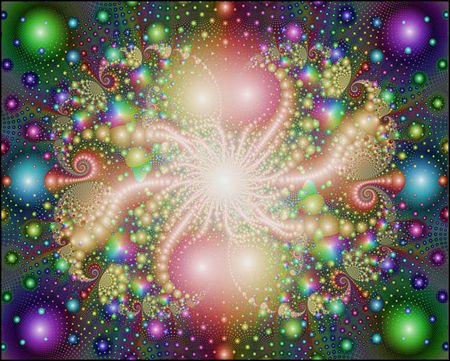
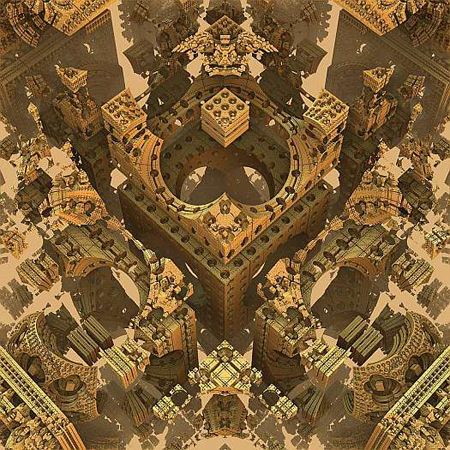

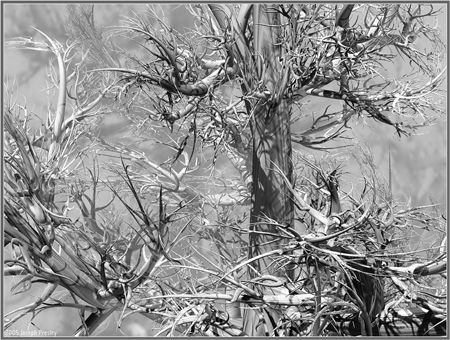

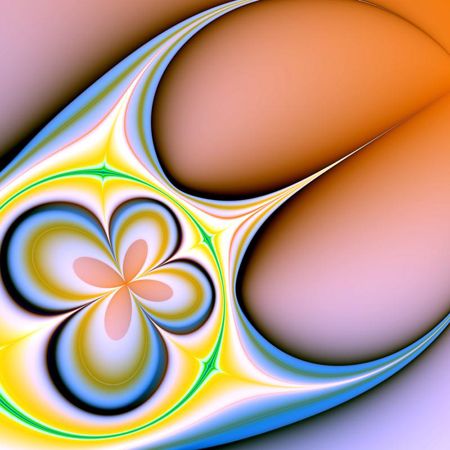
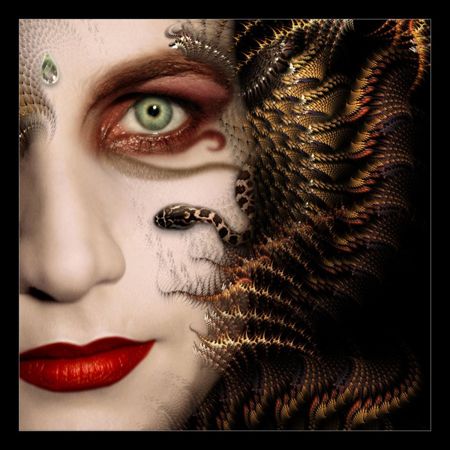
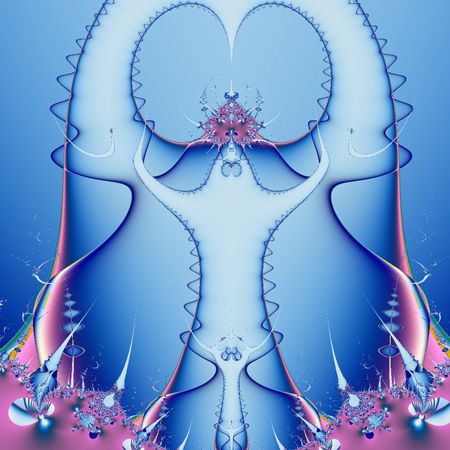
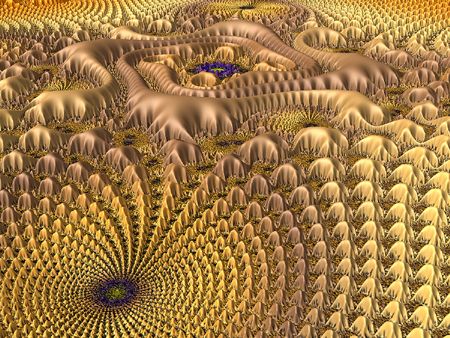

Sure, different programs do have a typical feel that usually shows through in the images, but this is true for all art forms, no? Most of the time you can tell a metal sculpture from a marble one, a watercolour painting from an oil painting or even film photography from digital photography. This isn’t always true, of course, especially with exceptional works that either intentionally or unintentionally blur the boundaries. But all these distinct media have their advantages and disadvantages, and a good artist knows these and chooses the best one for their subject and the overall look they have in their heads to begin with, or sometimes even for the specific message they’re going for (less applicable to fractal art, I’m thinking sculpture here mostly). So I think the ideas will take better shape once you go into specific artists. Comparing different artists using a number of different programs to see whether one can distinguish the work of a specific artist from the overall body of works produced by that program is what would give the answer as to what plays a larger role in style.
That said, my personal opinion is that, for fractal art specifically, there are only a handful of artists with a distinct style. There may be many reasons for this, and I don’t think it’s the nature of fractal art or the fractal programs (so I don’t think that’s a permanent issue). My half-assed theory would be that most of these programs are fairly new, and many people are still discovering the boundaries of the programs, trying to make them more flexible for them and trying to create a space where they can form a style of their own. When you look around a bit, you’ll see many people referring to certain techniques as “styles”, which makes me cringe every time, but I want to say that will change as the programs become more and more flexible to allow for individual styles.